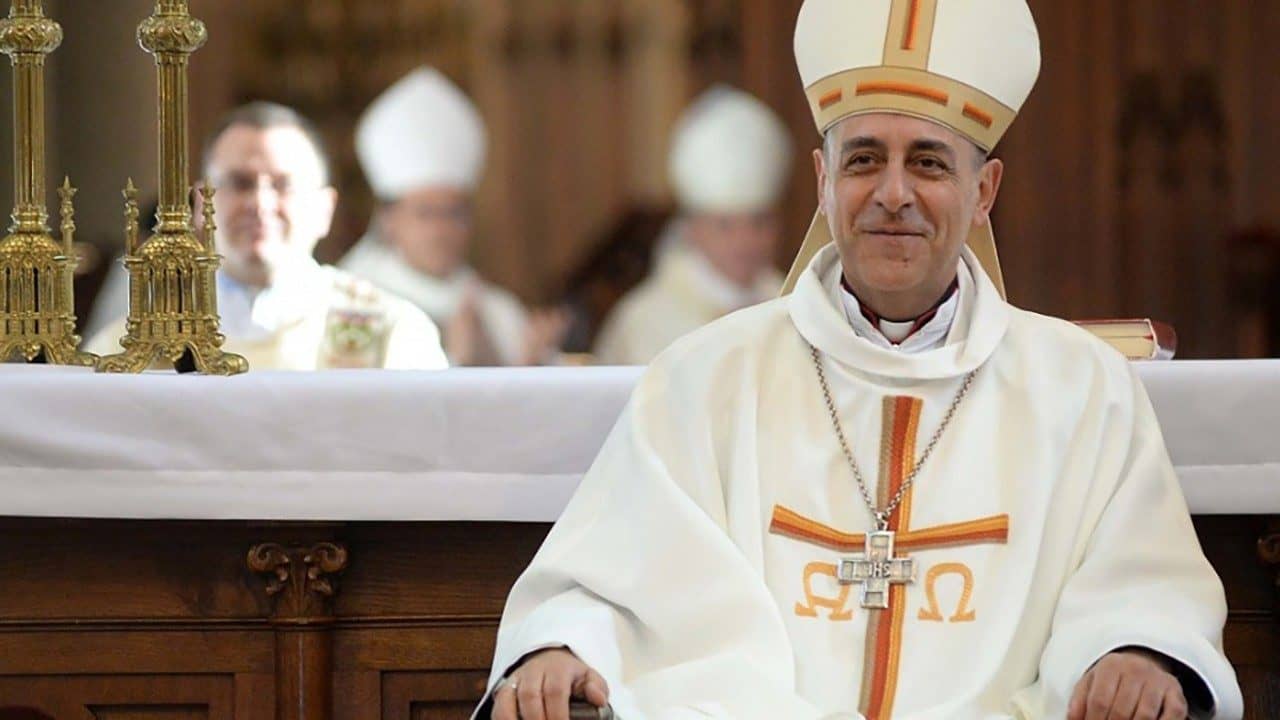ROME – Papacies are complicated things, and it’s always a mistake to reduce them to a single idea, source of inspiration or soundbite. That’s especially true when it comes to Pope Francis, whose tenure at times seems almost a jumble of different, and even occasionally contradictory, impulses and agenda items.
However, trying to untangle the various strands that make up a papacy can be a helpful analytical exercise, and so here’s one such current worth naming: There’s a sense in which the Francis papacy can be understood as a sort of salsa-infused homage to St. John XXIII.
The latest reminder of the point came Thursday, when Francis added the feast of Our Lady of Loreto on Dec. 10 to the universal calendar of the Catholic Church, including celebration of the Mass that day and also the Divine Office, the Church’s official daily prayer.
Naturally, the move is motivated mostly by Francis’s keen devotion to Mary and the Holy Family. The decree announcing the decision said it would “help all people, especially families, youth and religious to imitate the virtues of the perfect disciple of the Gospel, the Virgin Mother, who, in conceiving the head of the Church also accepted us as her own.”
The sanctuary at Loreto has its own fascinating history and place in Catholic devotion, which isn’t our purpose here.
However, the connection with John XXIII is this: Loreto was also a very special place to him, and it was where he went in October 1962 to ask the Madonna for her intercession on behalf of the Second Vatican Council (1962-65) just before it opened.
That trip, by the way, had enormous historical significance, because it was the first time a pope had left Rome since declaring themselves “Prisoners of the Vatican” at the time of the loss of the papal states in 1870 during the unification of Italy. That self-imposed imprisonment was taken as a metaphor for the papacy’s rejection not only of the modern Italian republic, but the whole idea of a separation between church and state.
The refusal to leave the Vatican was absolute through Pius XI, until the signing of the Lateran Pacts with Italy’s fascist government under Mussolini. Subsequently, popes would cross town to visit the Basilica of St. John Lateran or to summer at Castel Gandolfo, but they still opted not to leave Rome, in part on the grounds that the world was supposed to come to them and not vice-versa.
Thus when John XXIII bound a train for Loreto in 1962, it broke a century of precedent and launched a new era for the papacy, in which pontiffs could go anywhere, at any time, to plant a flag for the faith. It marked a spirit of outreach, of setting aside the burdens of the past and embracing a new approach, which would come to define the agenda of the Second Vatican Council writ large.
So important was Loreto to John XXIII that when St. Paul VI wanted to do something special in 1971 for his predecessor’s priest secretary, Monsignor Loris Capovilla, he named him the prelate of the sanctuary in Loreto. Other popes would visit Loreto, including John Paul II five times and Benedict XVI twice, but that first visit by John XXIII remains the emblematic outing.
It’s worth recalling that a young Jorge Mario Bergoglio entered the Society of Jesus in March 1958, just seven months before Angelo Roncalli’s election as pope, and that the example of “Good Pope John” was formative during his early years in the priesthood. He would have been aware of John’s trip to Loreto, and everything it proleptically expressed about what was to come.
From the very beginning, Francis has seen his pontificate as a revival and concrete application of the Second Vatican Council (1962-65), the ecumenical council summoned by “Good Pope John.” Two years ago, speaking to a group of Italian theologians about Vatican II, Francis said, “The Church must always refer itself to that event,” and it’s clear he meant it in terms of the policies of his papacy.
From returning control over liturgical translation to local bishops’ conferences to reviving the role of the Synod of Bishops, from his advocacy of a “healthy decentralization” to his constant criticism of clericalism and support for the lay role, Francis is very much a man of Vatican II, seeing himself as indebted and inspired by the pope who called the council and whose vision it reflected.
Francis canonized John XXIII in 2014 along with John Paul II. While John Paul’s sainthood was based on a second miracle recognized by the Vatican, in John XXIII’s case, Francis set aside the traditional miracle requirement and approved his halo on the basis of the merits of the Second Vatican Council.
To repeat, the primary reason for inscribing Loreto on the Church’s calendar is to honor Mary and the Holy Family. Had Francis simply wanted to offer a tip of his papal zucchetto to John XXIII, he could have found a much more direct way of doing it.
However, equally it would be a mistake to miss the secondary dimension to this decision, which is another small way in which Francis sees himself as heir to the pope who called Vatican II, and whose legacy, he believes, is still driving the ecclesiastical train today.
Follow John Allen on Twitter: @JohnLAllenJr
Crux is dedicated to smart, wired and independent reporting on the Vatican and worldwide Catholic Church. That kind of reporting doesn’t come cheap, and we need your support. You can help Crux by giving a small amount monthly, or with a onetime gift. Please remember, Crux is a for-profit organization, so contributions are not tax-deductible.















